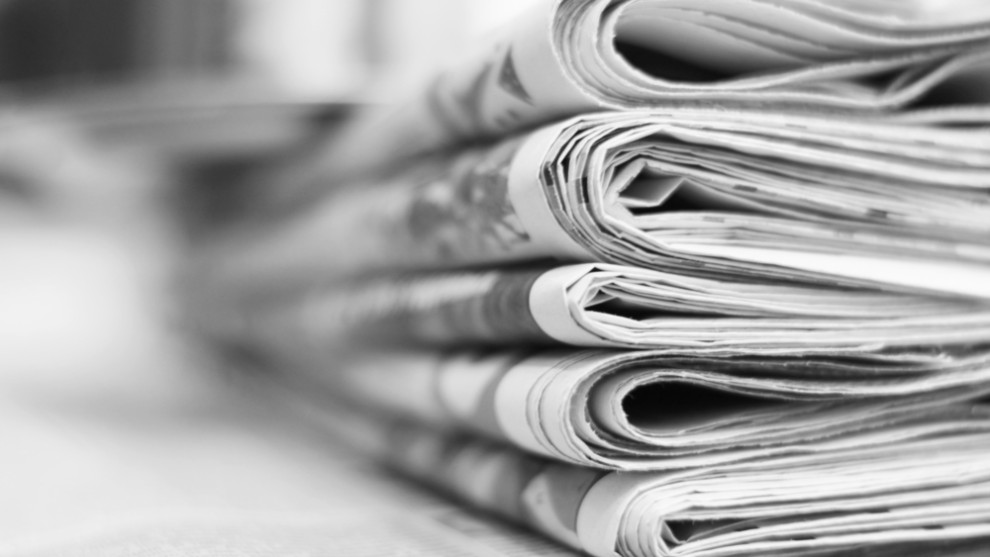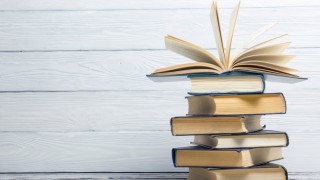Newspapers are valuable sources for historians and genealogists. They can help us understand the culture of a particular era through news, opinions, and advertisements.
However, using historical newspapers requires a critical lens. Students must examine the content and be aware of language changes, dialects, typography, and spelling variations.
The newspaper has long been one of our most important forms of information and is an excellent source for studying history. Whether reporting on current events or analyzing them, a newspaper gives us a window into what was being said and thought at a particular time.
However, it is essential to remember that newspapers are only sometimes primary sources. Depending on their content, they may be considered secondary sources because they are not necessarily the source of the event being discussed but rather the record of how the public received it. This is especially true of news articles about recent events.
A professional genealogist and author of the book “From the Family Kitchen.” In this guest blog post, she writes about the importance of a resource in newspaper archives often overlooked by family historians—the advertisements.
It is common for people to save old newspapers and clippings chronicling significant events, such as marriages, births, deaths, or business announcements. These papers can be valuable resources for genealogy research, but storing them in a way that will prevent damage over time is essential. For example, it is recommended that you place them behind glass in a frame or another holder to protect them from the air and avoid exposure to light. It is also essential to remember that archival paper is best stored flat to minimize the stress on the fibers and help them retain their shape over time.
Historical Preservation
Historical preservation involves preserving the physical elements of an area or community that have some significance. These elements include buildings, houses, commercial or industrial structures, and monuments. They often have historical value because they represent a particular style of architecture or industry or because they’ve been around for an extended period.
In the case of newspapers, historical preservation can involve preserving the stories and events written in them at a particular point in history. This can provide an opportunity to explore aspects of history that should be discussed in textbooks or popular histories. Additionally, it can help to reclaim parts of history that have been forgotten or neglected over time.
Several obstacles must be addressed regarding newspaper preservation to preserve these critical resources for future generations. These challenges include language changes, dialects, typography, and spelling variations. By recognizing and addressing these barriers, educators can unlock the treasures in digitized newspaper archives for their students.
For example, by understanding the different grammatical styles and variations in spelling used in old newspaper articles, researchers can gain a deeper understanding of the cultural and linguistic heritage of a specific region or community. This will allow them to navigate the text more effectively and understand the intended meaning of the original story.
Language Changes
In addition to changing across space and social groups, language also changes over time. Word meanings shift, new words are borrowed or invented, and grammatical rules evolve. Over a thousand years, languages can drift apart so much that they are no longer mutually intelligible.
Luckily, the rate of language change has slowed significantly since the 19th century, but many historians still need to figure out the pace at which modern languages are deteriorating. A single century can make a massive difference to the intelligibility of an ancient text, and even a decade can be enough to render some words unrecognizable.
Newspapers from the past provide a unique insight into how language is evolving. They reveal how the language of a region has changed over time, and they give us an idea of how a specific word or phrase will be pronounced in the future.
Historical newspapers are a vital source of information about the past. Still, they can also help us understand how the human mind works by teaching us how to interpret and evaluate primary sources. In a digital collection, you can read entire newspapers at the page- and article-level, making them ideal for hands-on learning and research.
Dialects and Regionalisms
A dialect is a variant form of a language that differs in pronunciation, vocabulary, or grammar from the standard version. Dialects can be social or regional and are often associated with specific groups within a society. For example, African Americans have their own dialect, Gullah, which blends English with more than a dozen West African languages.
Early American settlement and migration shaped the dialect landscape of the United States. The different dialect regions of the country reflect the linguistic boundaries that separate distinct groups of people. For example, the linguistic differences between the country’s North and South correspond to the region’s significant geographical barriers.
While some dialects are dying out, others are gaining in popularity. Some of these changes can be blamed on the influence of movies and television, but other factors contribute to dialect changes. For example, increased tourism can bring new speakers to an area, leading to a shift in the local way of speaking.
Historically, some dialects have become a source of pride for their speakers. Some famous literary works celebrate the region’s culture using Southern dialect features. Students can research different dialects and study how authors used regional speech patterns to characterize characters. Then, they can create a creative writing piece in a regional dialect.
Typography and Spelling
The typographer is responsible for the appearance of the printed page. He is the person who chooses typefaces, arranges them, and sets them on a press so that they print pleasingly. Typography became an art as soon as printing was invented and played a significant role in history.



